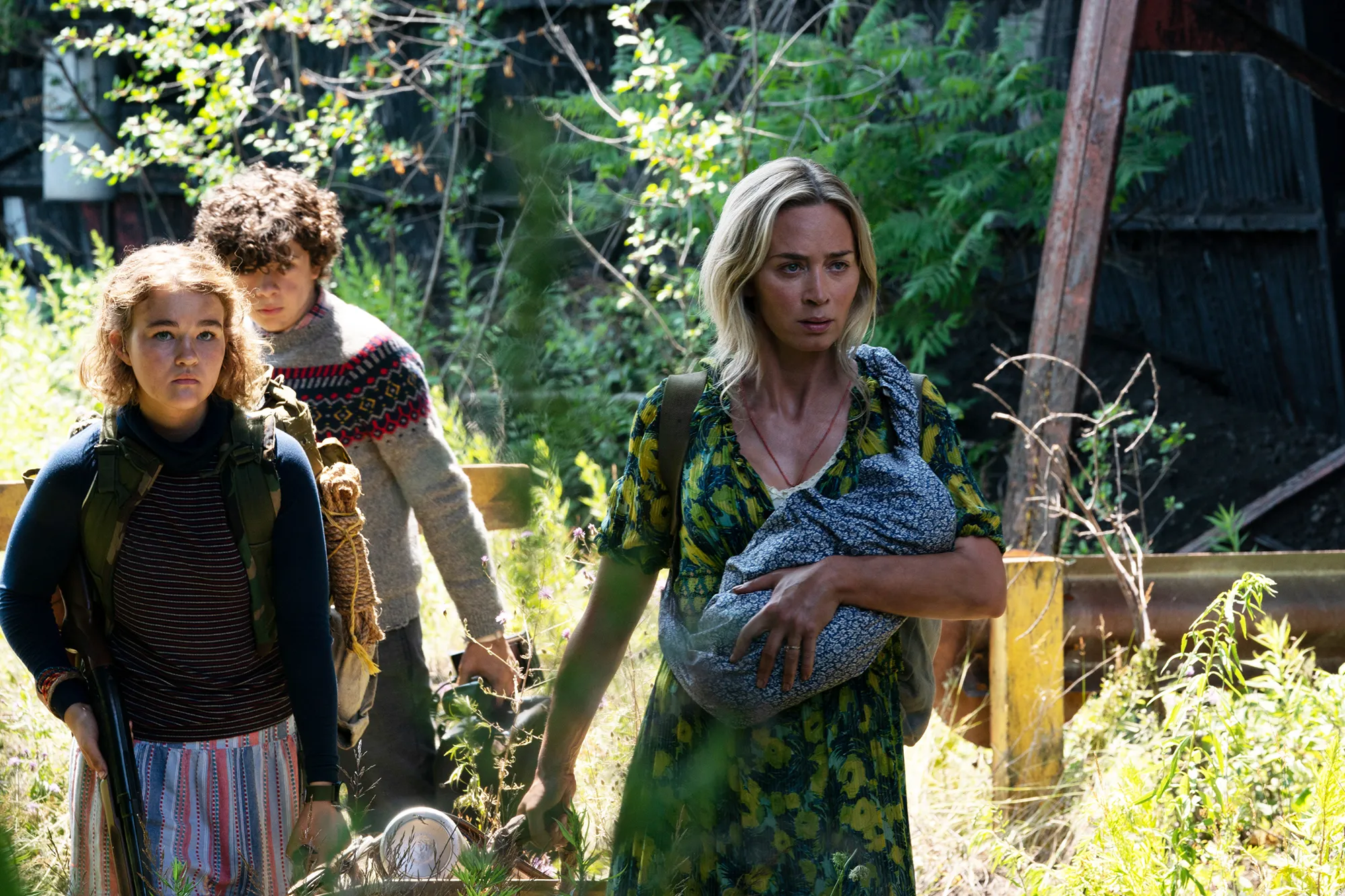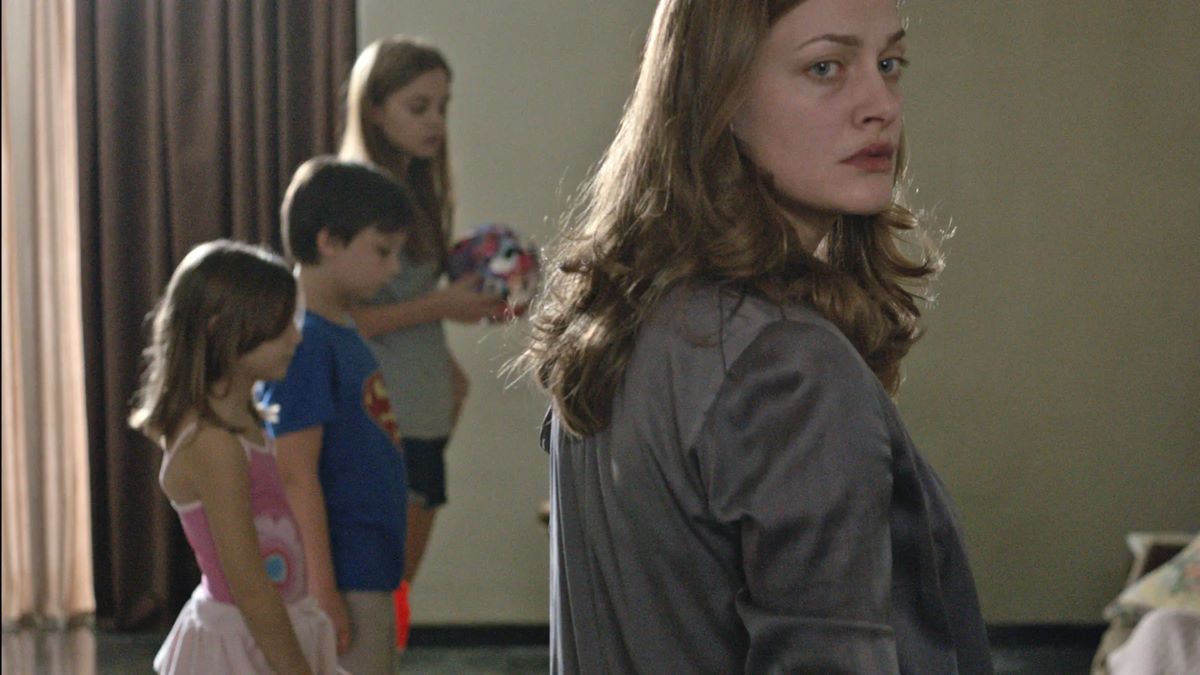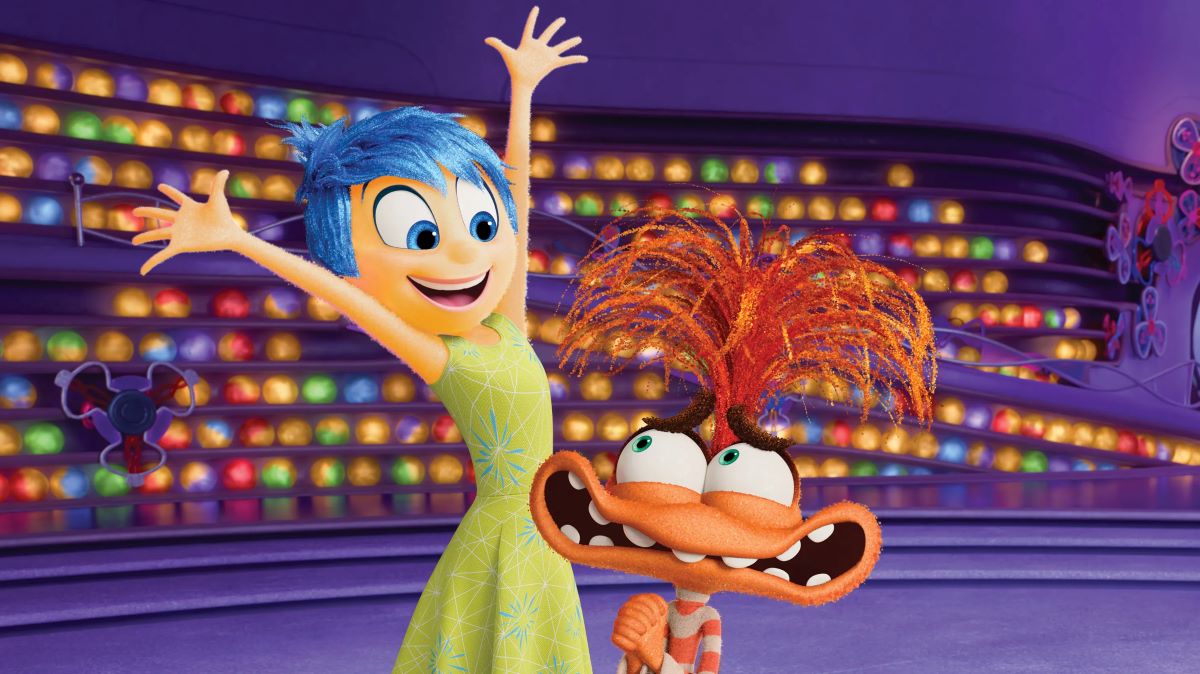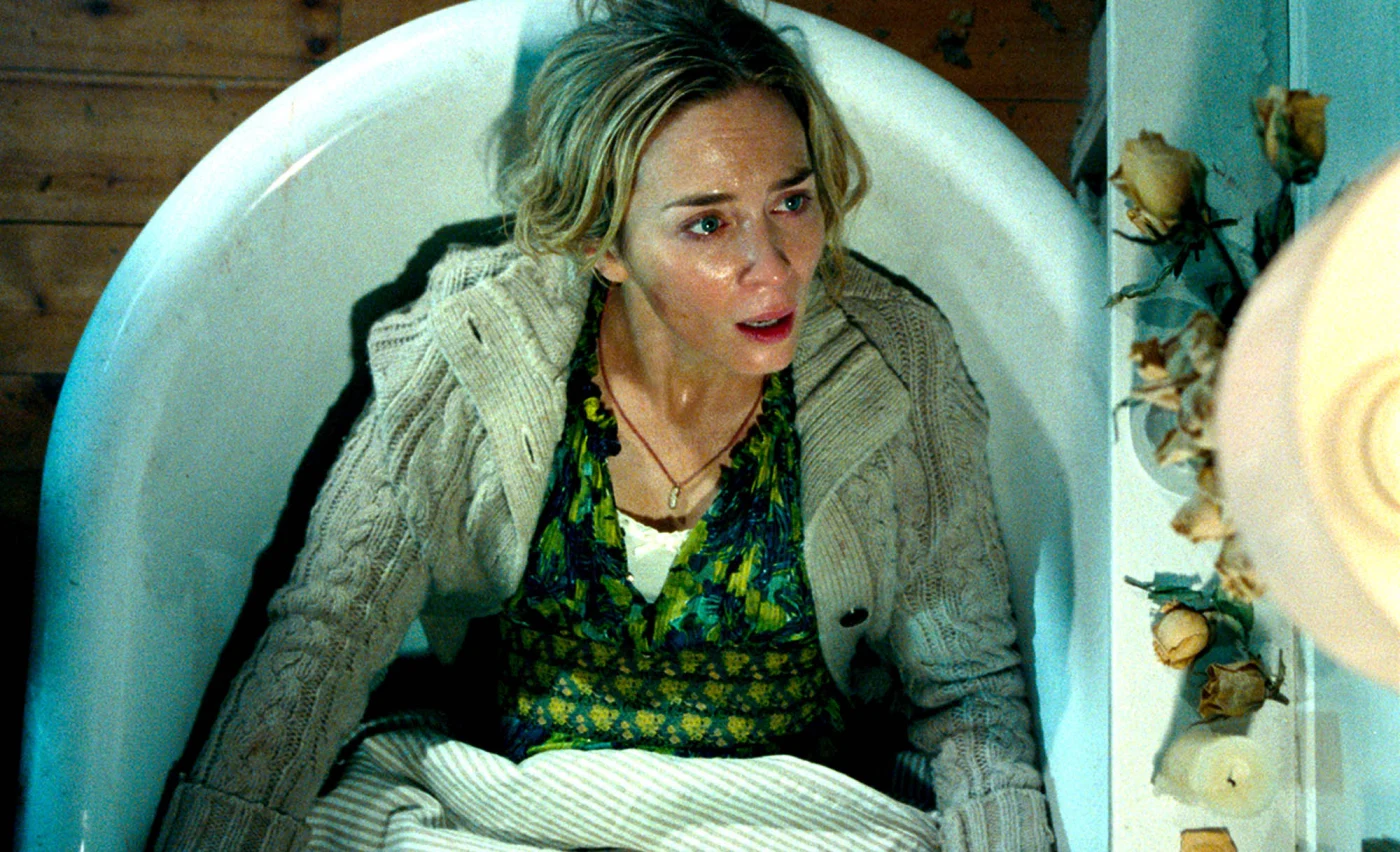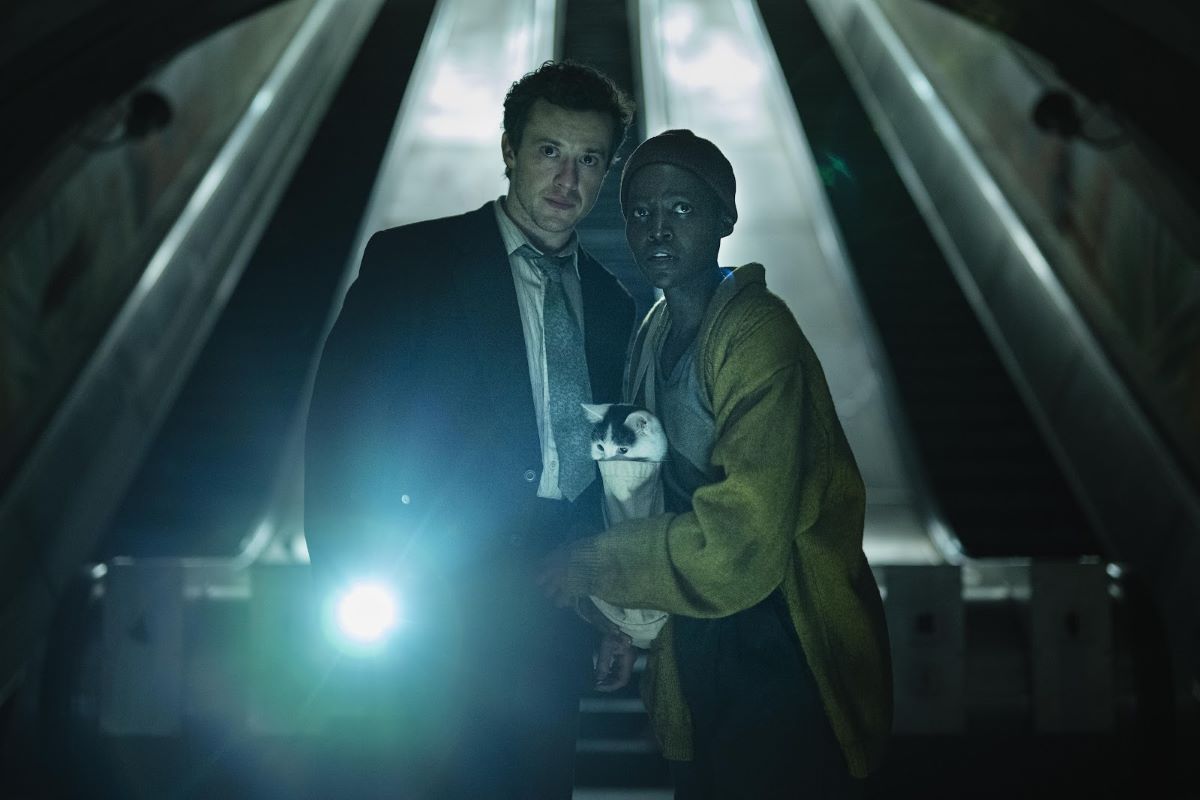A Quiet Place Part II (2020)
Directed by John Krasinski
Silent People
Following the latest tragic events, the Abbott family must now face the terror of the outside world while continuing their struggle for survival, still maintaining silence. Forced to venture into the unknown, they soon realize that the sound-hunting creatures are not the only threats lurking beyond the sandy path.
After the success of the previous installment, the remaining members of the Abbott family return in A Quiet Place Part II, and this time, the surviving relatives are forced to leave their farm in search of help. The ever-present enemies are the same: famished aliens with hypersensitive hearing, not inclined to coexist with noisy humans, especially children. Written and directed once again by John Krasinski, who reprises his role as the father figure in a prologue-prequel depicting the first encounter with the extraterrestrial creatures, A Quiet Place Part II shifts its engaging genre blend from a sci-fi western with a farm-fort to defend to a sci-fi on the road with a journey through the wilderness in search of salvation and redemption.
Krasinski’s fourth directorial effort remains anchored in the sturdy tradition of the American B-movie monster flick, perfect for an invigorating summer evening. However, the fear of having exhausted the tropes and their potential recycling is felt from the outset and continues throughout the film as a constant and anxious undercurrent, seeking refuge in the multiplication of protagonists, the duplication of “villains” (now there is also a degraded humanity), and the weaknesses of the aliens. Narratively and stylistically, it relies on the tried-and-true device of alternating montage.
In the effective opening dedicated to day one of the alien invasion, characters and themes are introduced, ready to be echoed later, as in the most classic screenplays: sign language to communicate the word “dive,” the theme of “breathing” calmly and cold-bloodedly, and the new father figure of the film, the family friend played by Cillian Murphy. It is to him that Evelyn Abbott (Emily Blunt) will turn for help, with her “awkward” entourage consisting of the rebellious deaf daughter Regan (Millicent Simmonds), the timid and fearful Marcus (Noah Jupe), and the potentially very noisy newborn.
Now that our heroine has given birth, the main danger comes from the new arrival, who is conveniently placed in a padded suitcase and breathes through an oxygen tank. Adding to this are Regan’s tantrums, as she is increasingly approaching adolescence and interested in proving she can take her father’s place. Middle child Marcus ends up with his foot in a bear trap, and keeping him silent becomes a significant challenge. The only option is to convince the classic reluctant hero (Cillian Murphy) to take responsibility and accept a role as a surrogate father.
In the developmental journey that involves all the characters, given the more ensemble nature of this story, we see the most functional and successful elements of this new saga: rising tension, suspense built around the senses and what they can or cannot perceive (Regan’s audio perspectives), and a few audible scares. All of this is then tripled by the alternating montage that characterizes the film’s climax when the narratives of Regan with the still somewhat reluctant new “father,” Evelyn searching for antibiotics, and Marcus trapped in the bunker with the newborn running out of oxygen are separated and then woven together. One wonders if this fragmentation is due to a lack of confidence in the potential of each individual scene or is an uncomfortable and ultimately unnecessary legacy of a TV series style. It might be better to start reflecting on this legacy or, better yet, this sometimes annoying contagion from the dominant and domestic audiovisual form.
Moreover, unlike the previous A Quiet Place, this time the discussion of capitalism and the connection to political horror of a Romero or Carpenter is missing, replaced only by a vague reference to the post-industrial reality evoked by the bunker where our heroes take refuge: a location dotted with semi-inert pipes and adorned with discarded workers’ overalls hanging from ceiling hooks.
Some rigidity is also noted in the somewhat clumsy script, where important elements for the tension – such as Regan’s hearing aid – disappear and reappear too quickly and easily, especially considering their narrative relevance (the device drives away the aliens). The initial meeting scene between our heroes and Cillian Murphy’s character is rather tedious and schematic, revealing that Krasinski did not know exactly what words to use to handle the formalities and convince the character to join the adventure. Finally, the theme of a brutal and selfish surviving humanity – very topical in these post-pandemic times – is underused: a mere disguise with dirty and disheveled looks is not enough to make us believe these survivors are also evil and thus to be eliminated.
Despite its flaws, A Quiet Place Part II remains an enjoyable summer diversion, provided one suspends disbelief at certain narrative junctures and allows oneself to be enveloped by the excellent tension that Krasinski undoubtedly manages to create, which is no small feat for a sequel.
Daria Pomponio
Quinlan, 21/06/2021

